Lawyers are becoming pivotal in the global transition to a low-carbon economy.
Businesses are increasingly using legal tools to reduce carbon emissions and meet the climate goals to which they've voluntarily committed. For instance, we’ve seen companies like Vodafone and NatWest integrate climate clauses into their contracts. NatWest in particular has introduced decarbonisation clauses in its supplier agreements, encouraging reductions in scope 3 emissions and promoting sustainable practices. These clauses act as benchmarks, allowing NatWest to end contracts if suppliers don't improve their sustainability performance within a set time frame.
This article explores the pivotal role of lawyers in driving the shift to a sustainable and fair economy, how businesses can integrate climate clauses into contracts, and the existing knowledge gap around climate contracting.
Understanding climate clauses
Climate clauses are a way to reframe legal agreements to support sustainability goals. They help companies meet their climate targets by incorporating science-based language into contracts, including supply chain agreements. These clauses can mitigate climate risks by embedding decarbonisation strategies into legal documents.
For many organisations, climate clauses are a new concept, and there is no one-size-fits-all approach. The clauses can range from 'light green', which introduces basic climate considerations, to 'dark green', which includes more ambitious and legally enforceable decarbonisation efforts. Light green clauses often start with early-stage discussions, such as heads of terms, laying the groundwork for future sustainability commitments.
Lawyers at the forefront of decarbonisation
Lawyers are to contracts what developers are to code—using their expertise to create documents that shape business operations. Their work, from advising on risks to drafting contracts, forms the foundation of the economy. Despite representing a small fraction of the workforce, lawyers have the potential to drive large-scale change.
The legal documents and contracts lawyers produce often contain hidden carbon emissions, contributing to climate change. This means it is not only the architects of global agreements like the Paris Agreement who can influence the climate crisis; commercial lawyers can also drive progress by aligning legal agreements with climate goals.
Contracts, which often embed carbon emissions through pricing or delivery terms, offer a unique opportunity for decarbonisation. By introducing climate clauses, businesses can turn voluntary climate goals into enforceable, legally binding emissions reduction targets.
The costs of implementing climate clauses
The financial costs of adopting climate clauses can pose a challenge, however, companies must weigh short-term expenses against long-term risks. Failing to act on climate targets now could lead to future financial losses, particularly as extreme weather events disrupt supply chains.
Implementing climate clauses offers long-term savings by reducing climate-related risks. Moreover, businesses that delay action may face reputational damage, legal liabilities, and stakeholder dissatisfaction. This makes climate clauses not only a sustainability imperative but also a sound business strategy.
What support do organisations need?
Although climate targets are crucial, businesses struggle to meet them because they are often voluntary and lack robust regulatory support. This absence of legislative backing leads to market uncertainty and hampers significant progress in reducing emissions.
Organisations need internal support to implement climate clauses effectively. The need to use climate provisions has revealed communication gaps between legal, leadership, and sustainability teams. Strong collaboration is essential for embedding climate targets into contracts. For instance, Vodafone used an extensive consultation process to align internal and external legal stakeholders on the use of climate clauses.
Upskilling lawyers
There is a significant gap in understanding how legal work impacts climate and vice versa. Many legal professionals lack the knowledge to connect their work to climate risks and opportunities. This includes both basic concepts like scope 3 emissions and more advanced topics like carbon budgets and transition planning.
Without proper training and development opportunities, business and legal professionals struggle to advise on climate-related risks effectively. Lawyers who fail to keep up with these developments risk being left behind as the legal landscape evolves.
Key considerations
Climate clauses offer a practical way to align legal agreements with sustainability targets, helping businesses transition gradually from lighter provisions to more ambitious goals. The long-term risks of inaction—such as supply chain disruptions and reputational damage—underscore the importance of taking action now. Collaboration between legal, leadership, and sustainability teams is essential while upskilling within the legal profession is crucial to closing the knowledge gap and ensuring effective guidance on climate risks and opportunities.
By leveraging legal tools and collaboration, businesses can turn climate commitments into enforceable actions, helping drive the global effort to decarbonise.
Humzah Khan is programme manager at The Chancery Lane Project

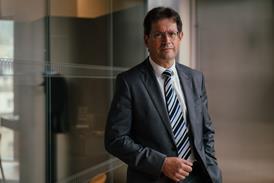
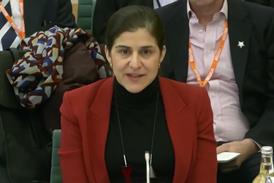



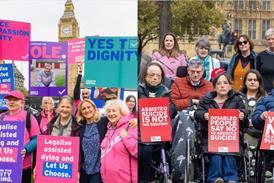








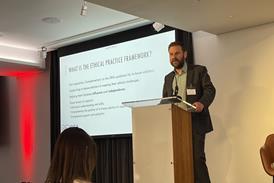






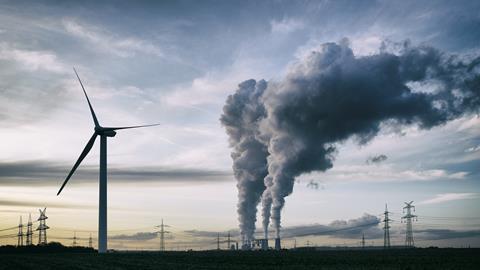







No comments yet